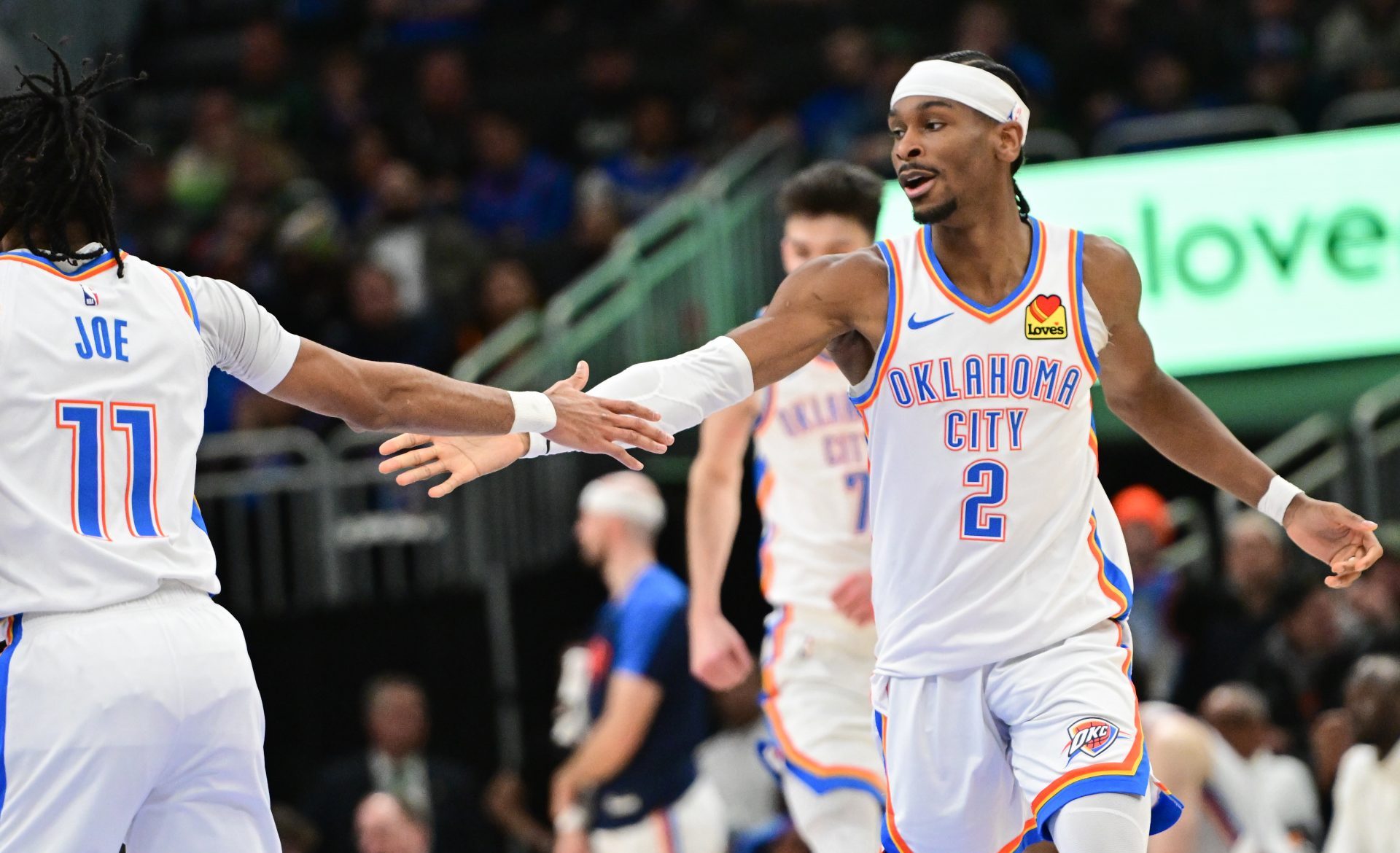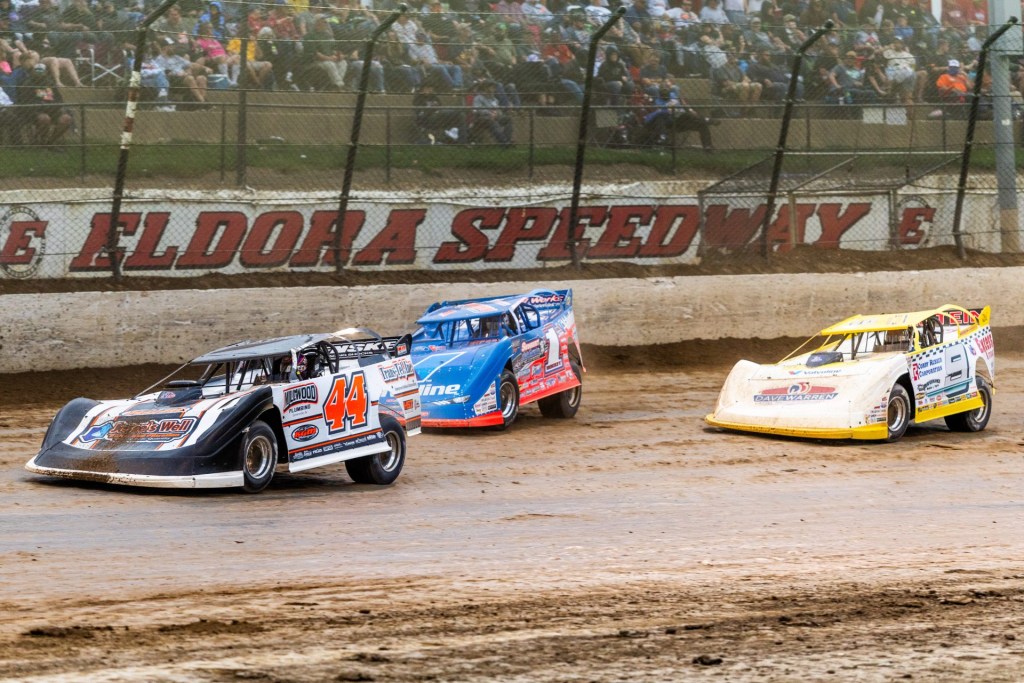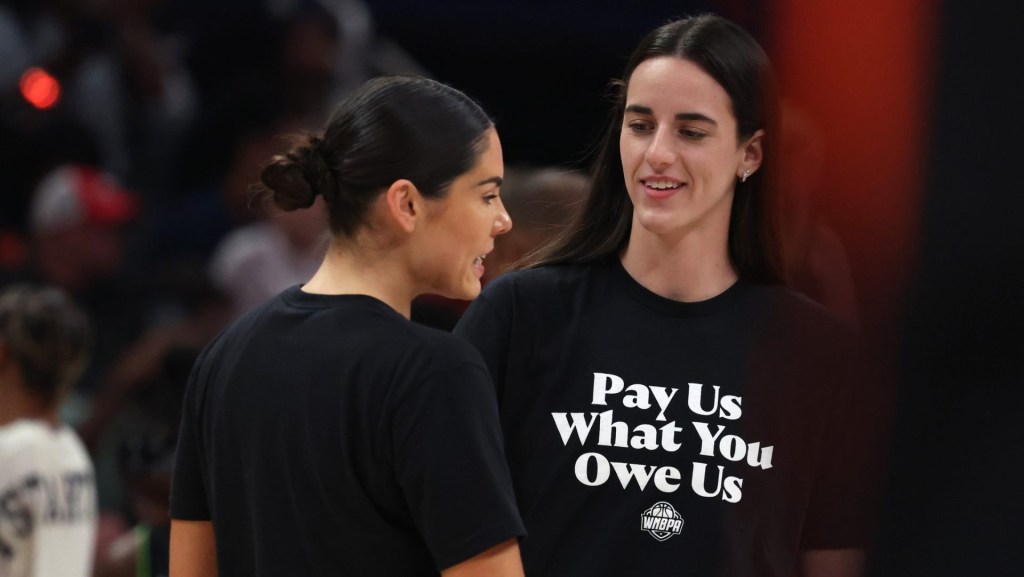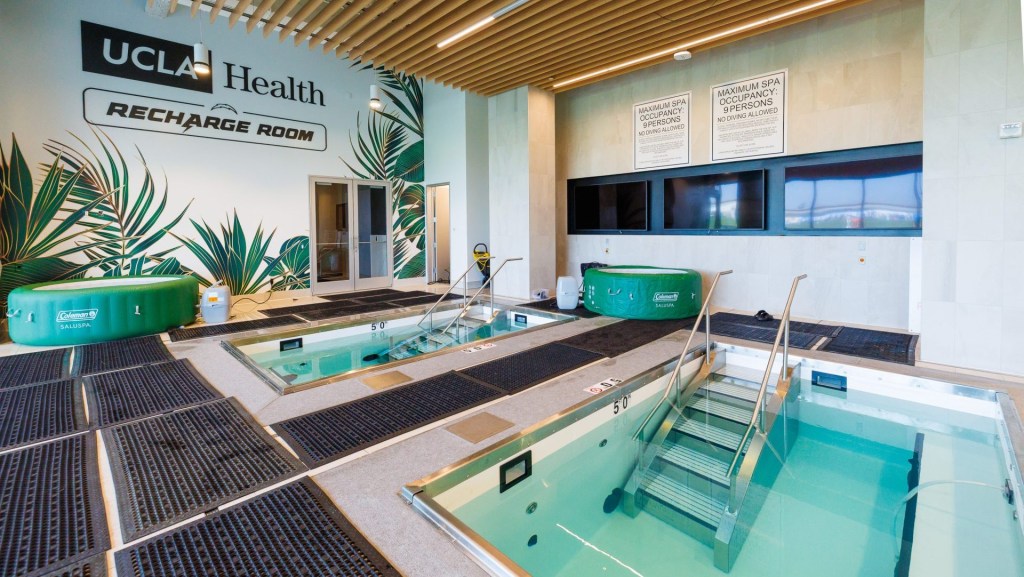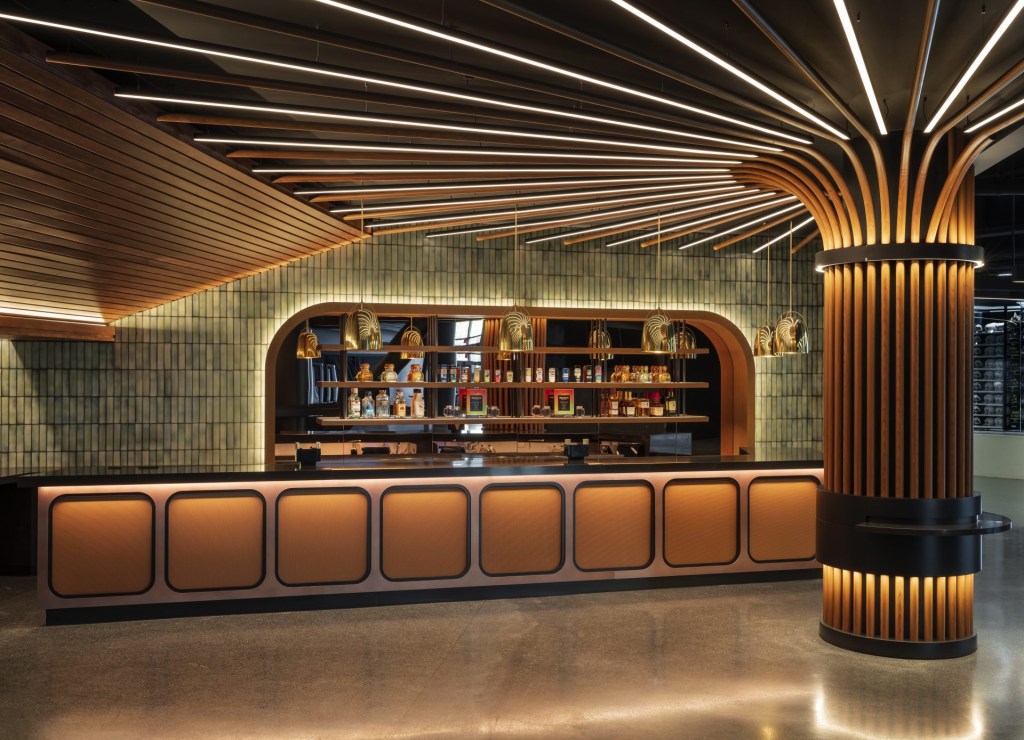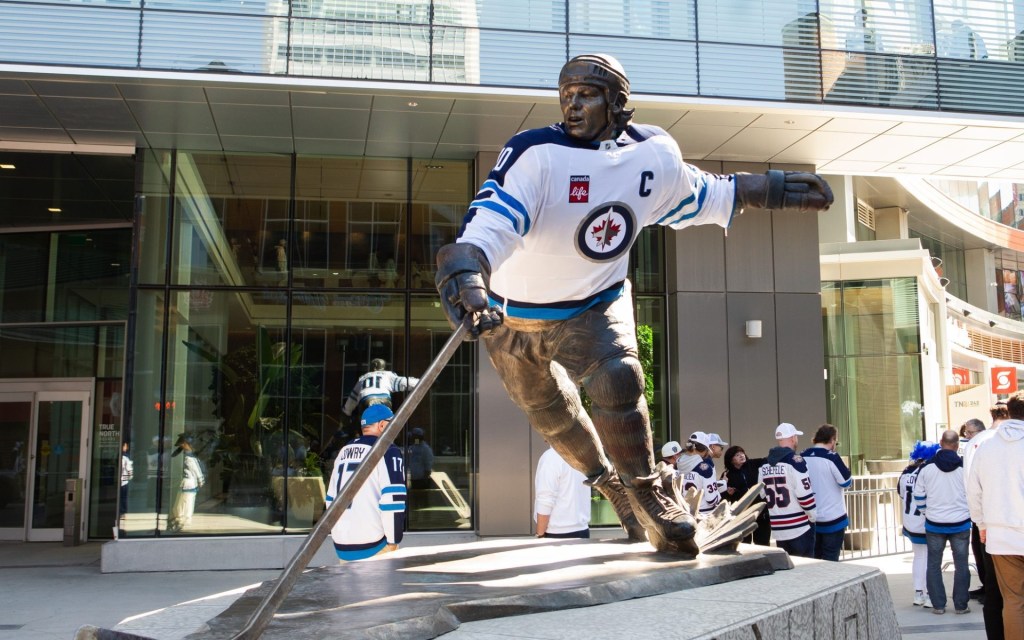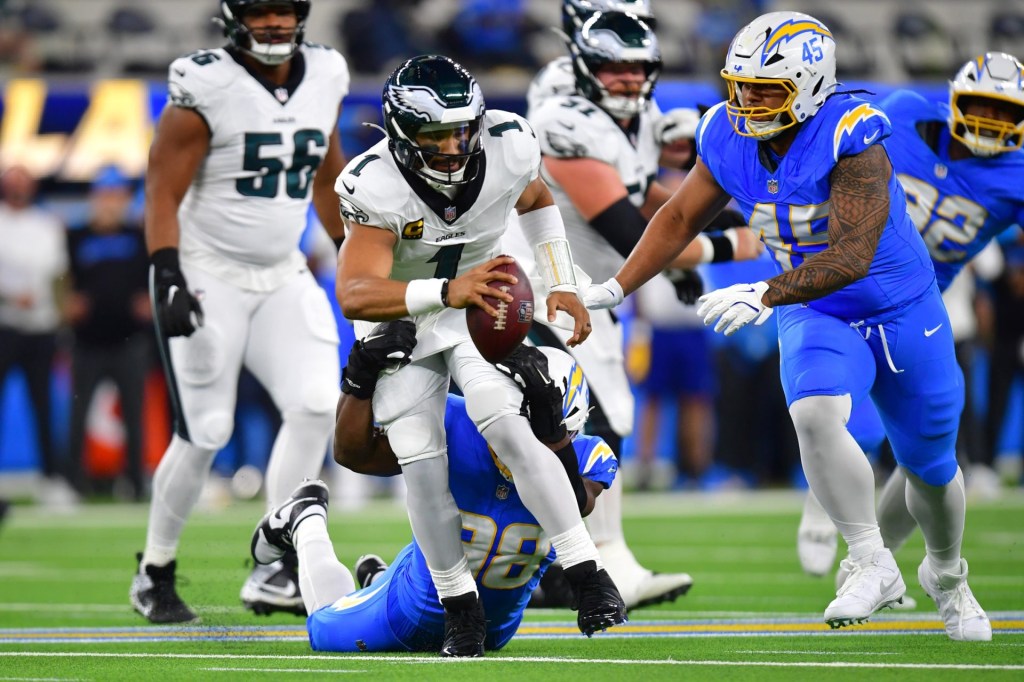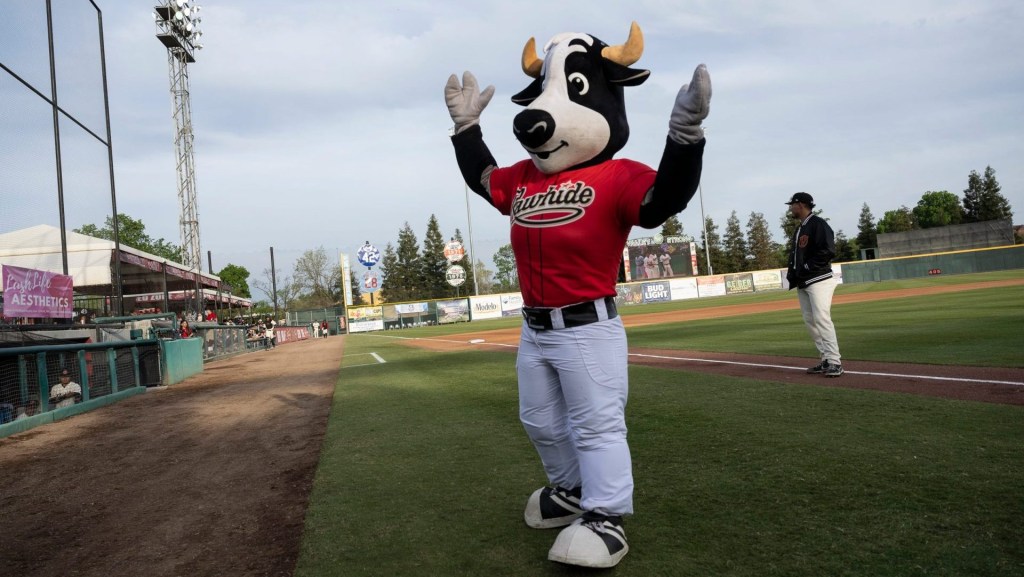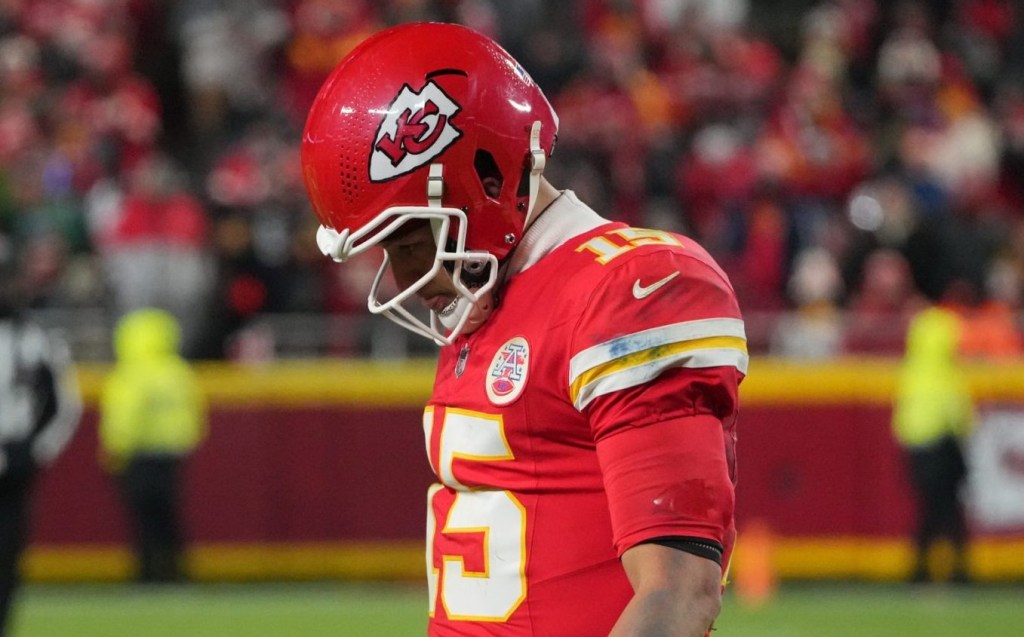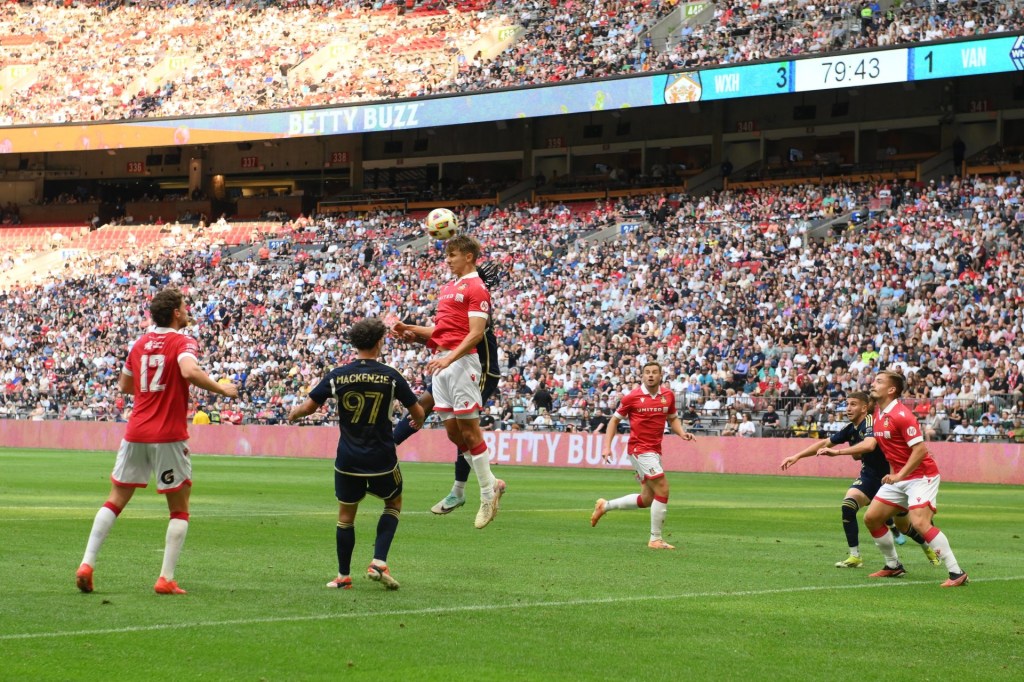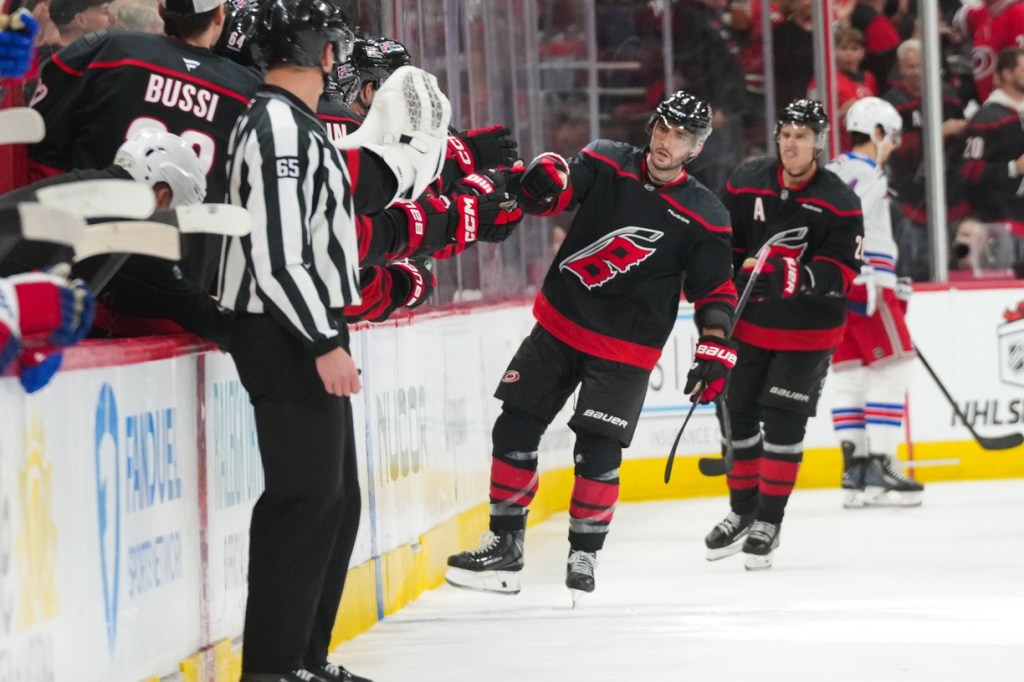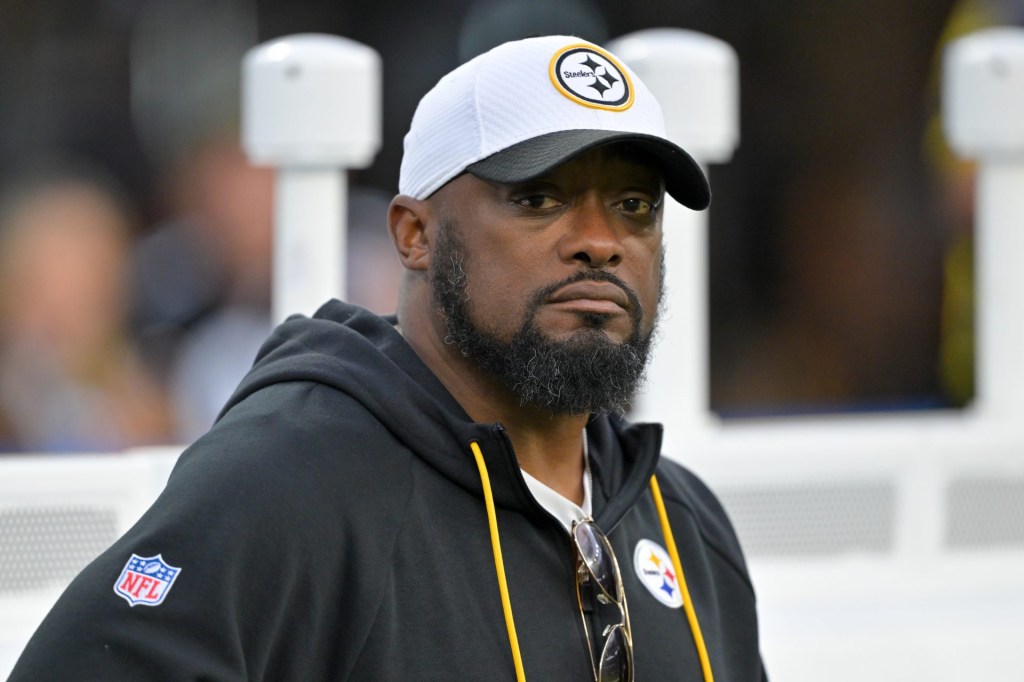This weekend, Oklahoma City will begin its best chance at a championship since Kevin Durant and Russell Westbrook led the Thunder to the NBA Finals against LeBron James’s Heat in 2012.
In the decade-plus since, they’ve forged an identity that can best be described as reinventing the meaning of “tanking.” At the expense of just about everything, they accumulated an arsenal of first-round draft picks and played the waiting game.
It might seem like a roundabout path to their current status as the odds-on favorite to win this year’s title. But with the fourth-youngest roster (24.1 years) that includes the MVP favorite, the sixth-lowest payroll ($167.5 million), and 10th-lowest team valuation ($3.7 billion), the Thunder are a deep postseason run away from becoming the model for small-market success in the modern NBA.
The reason for their rebuild was unexpected, their commitment to it has been unprecedented, and Sam Presti, the architect behind it, has his fingerprints on all of it, from the coaching staff to free-agent signings.
Six years ago, Kawhi Leonard set off a mini chain reaction when he decided to leave the Raptors and join the Clippers. The San Diego native wanted a running mate in Southern California, and he handpicked Los Angeles native Paul George.
George, then with the Thunder, was attempting to help Westbrook contend in the post-Durant era in a loaded Western Conference against James Harden’s Rockets and Durant and Steph Curry’s Warriors. George requested a trade out of Oklahoma City, and the Thunder did little to persuade him to stay.
Presti, head of the Thunder’s basketball operations, is considered one of the best executives in pro sports, a title he largely earned during this stretch. One of the returns in the George trade: Shai Gilgeous-Alexander, who had played his rookie year for the Clippers and has since become OKC’s superstar. One of the five first-rounders in the same trade became his sidekick: Jalen Williams, who OKC drafted 12th overall in 2022.
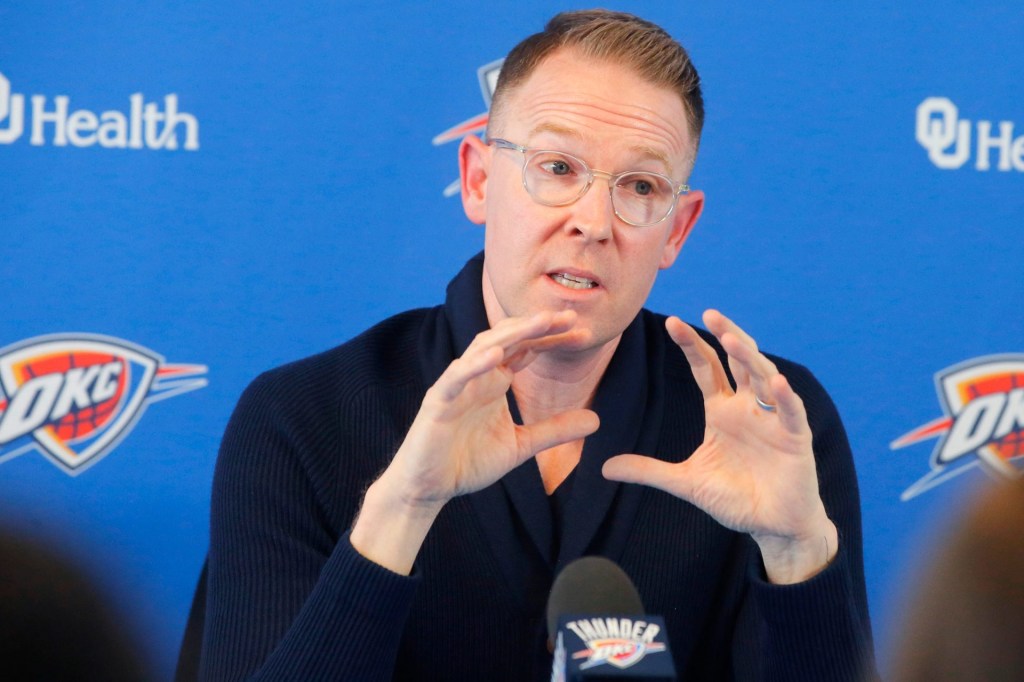
After trading George, and later Westbrook and Chris Paul, Presti hit the reset button and went all in on tanking. He traded any available asset for picks, stockpiling a whopping 17 future first-rounders through 2026, clearing the runway for Gilgeous-Alexander to become the franchise player.
The result in 2025 is a team that’s built to contend for decades around a roster that’s mostly homegrown—just like their early ones were around Durant, Westbrook, and Harden.
Former Sixers GM Sam Hinkie is known for “The Process” in Philadelphia, where the team was uncompetitive for years to acquire top draft picks, which had mixed results. Presti took matters a step further to ensure the Thunder’s down years weren’t for naught.
In March 2021, the team shut down center Al Horford for the remainder of the offseason to give more run to its younger players. The Thunder wound up with the sixth overall pick in the 2021 draft and selected Josh Giddey, who became a reliable role player before the team traded him to the Bulls in 2024 for defensive stopper Alex Caruso.
A year later, the Thunder did the same with Gilgeous-Alexander. The result was the No. 2 pick in the 2022 draft, which became Chet Holmgren, another budding star to pair with Gilgeous-Alexander.
The Thunder built their core on more than just lottery picks. Weeks before George asked for a trade, Presti signed Lu Dort, an undrafted free agent out of Arizona State, who has turned into the team’s starting wing and a Defensive Player of the Year candidate. Together, the pair of Canadians, Gilgeous-Alexander and Dort, have become the faces of the Thunder’s rebuild.
“Lu is maybe our best example of player development recently,” Presti said a year ago.
After the team failed to agree to a contract extension with head coach Billy Donovan in 2020, Presti sidestepped the veteran coaching carousal and instead hired Mark Daigneault, one of Donovan’s assistants, knowing he had a knack for developing players.
After going 40–42 in the 2022–2023 regular season, which marked a 16-game improvement from the prior year, the Thunder went into last season as heavy title contenders. The team improved again, winning 57 games, but bowed out to Luka Dončić and the Mavericks in the conference semifinals in a six-game series.
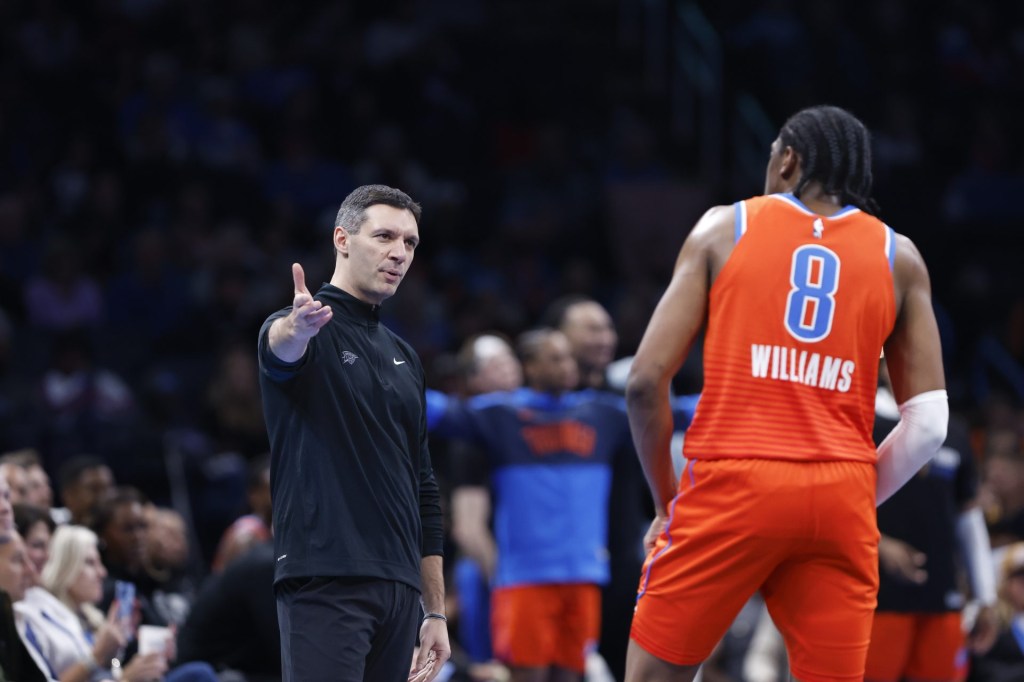
Daigneault, whose fingerprints are all over the roster, just led the team to its third wins increase in as many seasons with a 68–14 record—a new watermark for the franchise, including when it called Seattle home. Gilgeous-Alexander, who won the league’s scoring title by averaging 32.7 points per game, will almost certainly win his first MVP award in the coming weeks.
Since trading for George, the Clippers went to the conference finals in 2021, but they haven’t been past the second round of the playoffs since. After the team was unwilling to give George a max contract last summer, he left in free agency for the Sixers and played just 41 games in an injury-riddled season.
The Thunder go into the postseason with star power, health, depth, continuity, and experience, all key ingredients for a title run. The Clippers clinched their own playoff spot despite the absence of George and injuries to Leonard, but years later it seems obvious which side benefited the most from the deal.
“I’d say it worked out in my favor,” Gilgeous-Alexander said this past fall about the trade.
While the Thunder seem built for the long haul, questions still remain. Ownership’s insistence to avoid the luxury tax directly led to Harden’s trade in 2012, depriving the team’s trio of future MVPs of more chances at an OKC title. As the roster gets more expensive in the era of the luxury-tax apron, the Thunder are faced with repeating history.
This summer, Gilgeous-Alexander is eligible to sign a four-year, $293 million extension, which would make him the first NBA player to make more than $80 million in a season. In anticipation of it, he already parted ways with his agent to recoup more cash for himself. It will be the first of a number of deals that start to make the Thunder more expensive to keep together. But OKC still has12 future first-round picks through 2031, some protected, which could help offset the rising cost.
The Thunder may not have reached the Finals since 2012, but other teams have already begun taking a page out of Presti’s book: The Nets, for example, currently in a rebuild, have 13 future first-round picks through 2031 in their back pocket.
